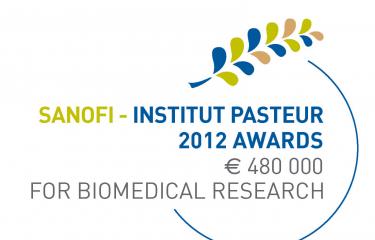COTONOU, MARSEILLE, PARIS – The decision by the World Health Organization to recognize snakebite envenomation in Category A of its list of Neglected Tropical Diseases provides a welcome opportunity to strengthen snakebite care strategies, particularly in Africa.
More than one million snakebites occur each year in sub-Saharan Africa. Envenomations are estimated to cause 25,000-30,000 deaths per year in the region, plus a similar number of permanent disabilities. The long-awaited WHO decision will considerably improve the treatment of envenomations by promoting access to antivenoms and their use in health centers, even those from the most remote areas of sub-Saharan Africa.
“The role of the African Society of Venomology (ASV) was instrumental in this designation," said Professor Achille Massougbodji, Director of the Clinical Research Institute of Benin and President of the ASV. “Although ASV was formally established only five years ago, its 100 members have worked since the late 1990s to bring together researchers and practitioners concerned with this public health problem and to raise awareness among health authorities of African countries. As a consequence, sub-Saharan Africa was represented by 12 of the 17 countries that participated in the technical meeting on accessibility of antivenoms held in Geneva during the 2016 World Health Assembly.”
“The magnitude of neglect of this tropical disease is accentuated in our region by inaccessibility of antivenoms: unlike Asia or Latin America, most of Africa lacks local antivenom producers. This imposes economic and logistics dependencies that prevent autonomous response to the crisis, and that reduce our negotiating strength in the search for safe, effective antivenoms,” added Professor Massougbodji. The problem here results from a vicious circle that has been regularly denounced for the last twenty years,” said Dr. Jean-Philippe Chippaux, Research Director at the IRD and Honorary President of the ASV. “Most victims go to a traditional healer, rather than to a health center to receive antivenom, because the cost of medical care is out of proportion to the average income of a family of farmers; and, because the market is unstable, reputable manufacturers have been unable to provide antivenom at a reasonable price. ASV implemented an action plan which has begun to convert the vicious circle to a virtuous circle (www.sav-asv.org) by improving the collection of epidemiological data, training health personnel in the management of snakebite, defining the characteristics of antivenoms that Africa needs, and identifying sources of funding for antivenoms. For this region, antivenom must be effective against all of the regional snakes, safe enough to use in isolated health centers, stable in the heat, affordable, and accessible where it is needed.”
“The single biggest challenge today is to define clearly which of the existing antivenoms are well suited for use in sub-Saharan Africa,” added Dr. Fabien Taieb, a researcher at the Institut Pasteur in Paris. “It is now possible to initiate clinical studies to determine the efficacy and tolerance of the antivenoms currently available on the African market, in order to recommend which best meet the specifications proposed by the SAV.”




